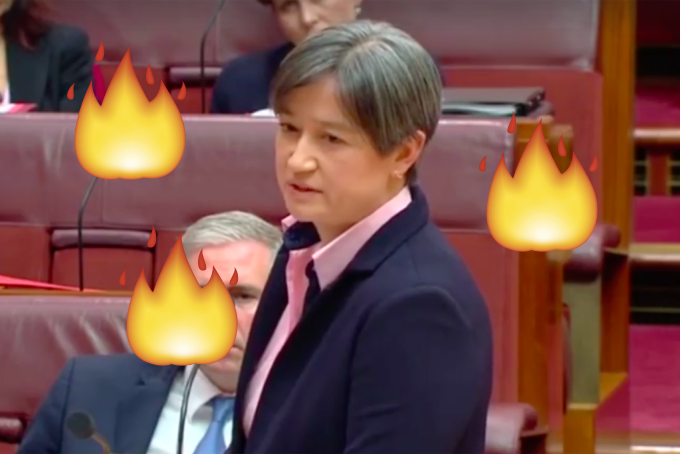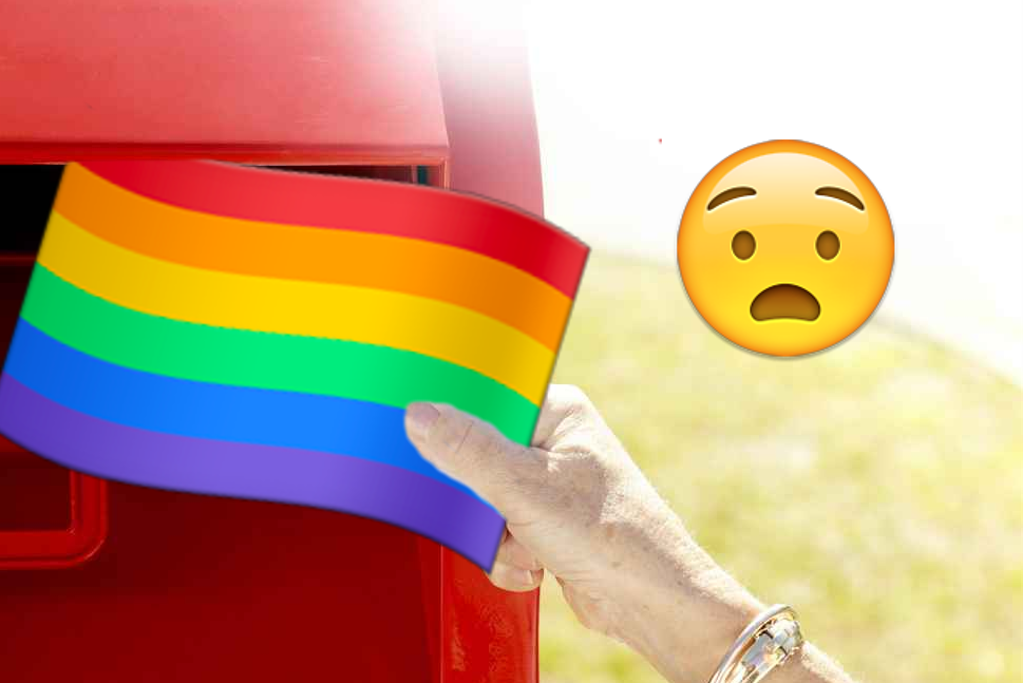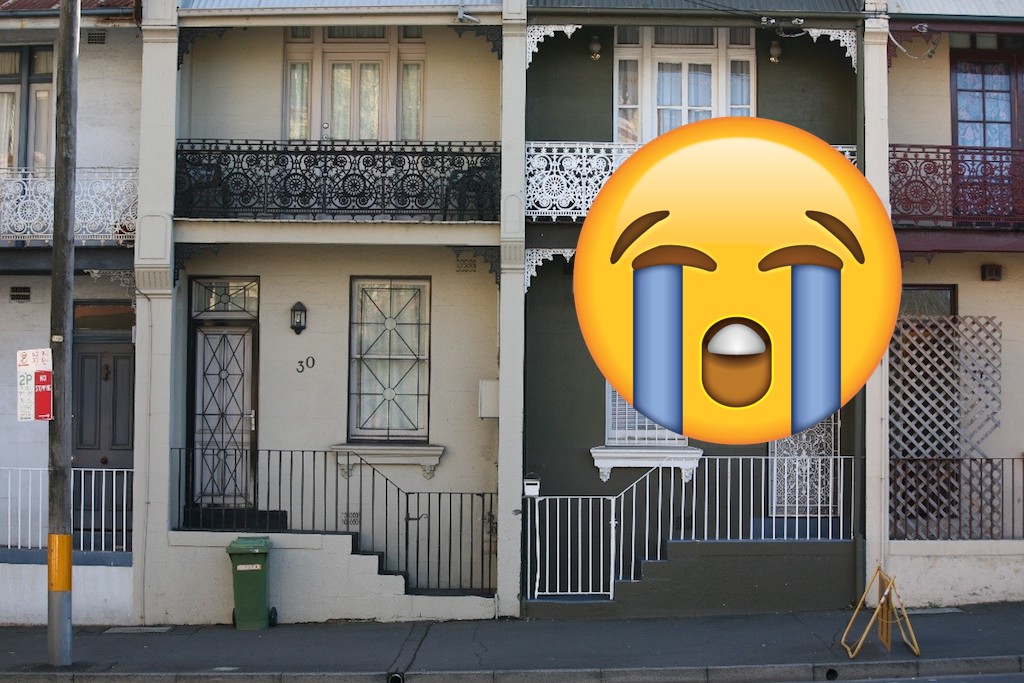How The Housing Crisis Could Help Conservatives Win The Marriage Equality Plebiscite
Young people are getting screwed again.
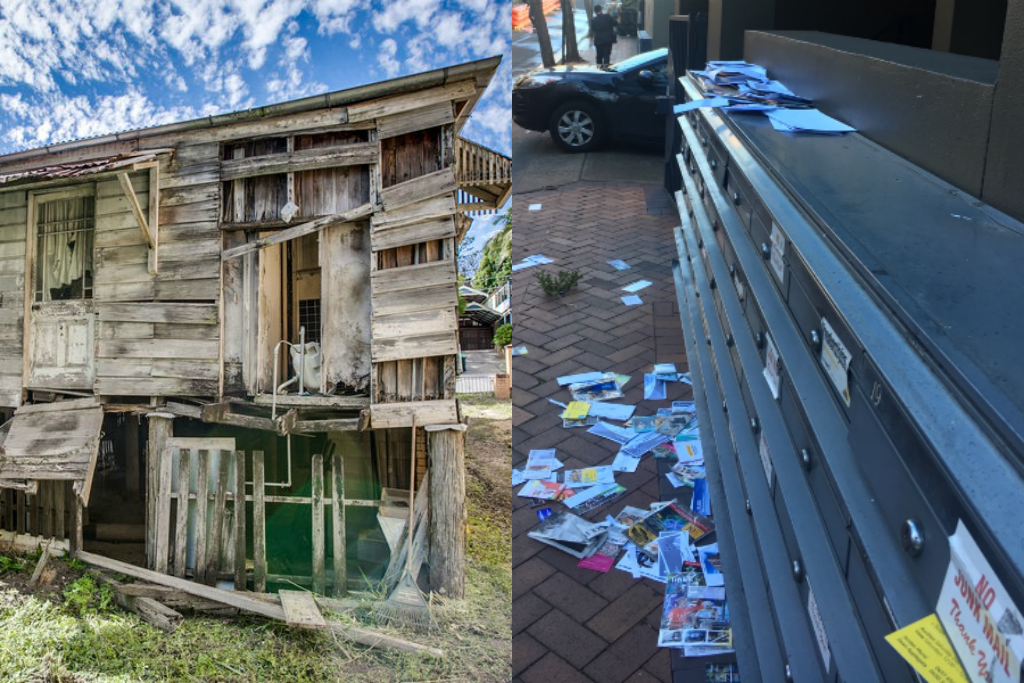
From the middle of September, 16 million Australians on the electoral roll will be sent a letter from the Australian Bureau of Statistics asking for their perspective on same-sex marriage.
It’s not a vote. It’s not officially a plebiscite either. It’s a collection of “statistical information”, or a voluntary survey.
That’s because the government couldn’t direct the Australian Electoral Commission (the agency that normally runs elections) to conduct the same-sex marriage poll without passing legislation. So instead they’ve asked the ABS (the agency responsible for last year’s census meltdown) to team up with Australia Post (the agency famous for being generally a bit useless) to do the poll instead.
The ABS itself seems unsure how the survey will actually work — they’re referring all questions to the acting special minister of state, Mathias Cormann. But there’s understandably a lot of confusion around the mechanics of a voluntary postal “vote”. What does the ballot paper look like? What constitutes a formal or informal vote? Will there be any rules around campaigning, like they are in normal federal elections?
But regardless of those issues there’s a big overriding problem with the government’s plan for a postal survey. Based on past experience there’s one demographic that could be hugely disenfranchised by a postal vote. And it just happens to be demographic most in favour of marriage equality: young people.
This Isn’t The First Voluntary Postal Survey The Government Has Run
The voluntary same-sex marriage plebiscite might seem like an incredibly dumb idea without precedent but the government has actually run postal votes in the past.
In 1997 the federal government held a postal vote to elect members of the constitutional convention focused on whether Australia should become a republic. The official report for that election breaks down turnout rates by age and the results are pretty stark.
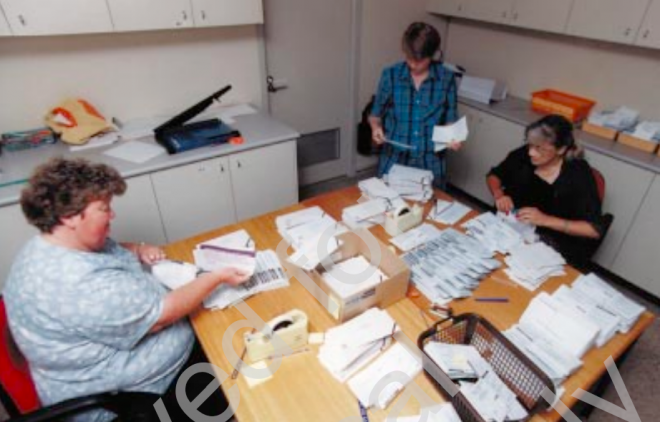
Australian Electoral Commission officers counting ballots from the 1997 postal vote.
Overall the turnout was just under 47 percent of enrolled voters. But there was a huge divide amongst different age groups. The highest turnout was among voters aged 56 and over. Nearly 60 percent of older Australians turned out in the postal vote. But the turnout rate for Australians aged 18-25 was just 34 percent. Only 38 percent of Australians aged 26-35 managed to vote.
You might be thinking this sounds obvious because younger people are less familiar with the post and more comfortable communicating online. But remember this was back in 1997. The internet was far from ubiquitous. Google hadn’t been invented yet. People were much more reliant on the mail.
So why weren’t young people voting? We’ll get to that in a bit.
There’s even more evidence that younger votes are less likely to take part in a postal vote. In the 2014 Tasmanian local council elections, which were conducted through a voluntary postal vote, the overall turnout rate was 55 percent. But the age gap was huge.
Only 30 percent of 20-24 year olds voted, compared to a whopping 74 percent of people aged 65 and older.
While it’s possible this divergence could be explained by younger voters not being as motivated to participate in elections, or not feeling enthusiastic about the subject of the vote (like the republic), there are big structural factors at play that work to depress youth turnout in postal votes.
Housing Is A Huge Factor
When the ABS sends out the postal ballot to eligible voters it will use addresses from the electoral roll. The first problem is a huge chunk of young Australians aren’t registered to vote and therefore aren’t on the electoral roll. Thirty percent of 18-year-olds and 16 percent of 19-year-olds aren’t registered. All up, nearly 300,000 18-24 year olds aren’t on the roll.
But there’s a bigger problem. Young people tend to move around a lot. They move for university and TAFE, they move for work and they move because the rental market sucks.
According to the ABS, “people aged in their 20s and early 30s are more likely than people of other ages” to move house because they have to deal with things like the “transition from education to employment, out of (and potentially back into) the parental home, and into or out of live-in relationships.”
More than 93 percent of 15-24 year olds and 80 percent of 25-34 year olds are recent movers (meaning they moved within the last five years) compared to less than 20 percent of people aged 65 and older.
That means there are a lot of eligible young voters who don’t live at the address they are registered at on the electoral roll. In a normal election that’s not a big deal, you can still vote. But in a postal vote it’s a game-changer because you won’t receive your ballot.
It’s a problem political parties already have to confront during election campaigns when they run direct mail campaigns. Campaigners are desperate to reach younger voters but mail-outs can be expensive and futile because of how regularly people move around.
Clare Quinn, the director the Victorian Greens, told Junkee, “Young people are often enrolled in one place and study in another. They communicate using 21st-century, electronic means — it’s retrograde to expect them to keep an eye out for this pointless, expensive postal ballot.”
“This workaround boosts the ‘no’ case by disenfranchising young people and those with transient homes,” she said.
The Problem Is Worse Than Ever
The high mobility rate of younger voters helps explain low turnout rates in previous postal votes. But thanks to the current housing affordability crisis, the situation is worse than ever.
The number of 15-24 year olds who have moved multiple times in the last five years has shot up in the past decade. Nearly 20 percent of people in that age demographic have moved five or more times in the past five years, according to the most recent ABS data. That’s consistent with plummeting home ownership rates for young people, and insecure tenure for private renters.
According to Dr Ben Spies-Butcher, the Director of the Masters of Policy and Applied Social Research at Macquarie University, these kinds of structural problems severely undermine the validity of the postal plebiscite.
“If this were designed as a survey of the Australian population it would be very hard to justify this methodology without significantly weighting the results,” he told Junkee.
“A similar issue has emerged for the Australian Election Study, which is conducted after each federal election as a postal survey, and now has a much lower response rate for younger people than older people.
“If this were an election or a census we would also expect a number of strategies to ensure different population groups are fairly included, such as the rising number of homeless people or those in remote Indigenous communities.”
“Given the tight timeline, it will be very difficult to properly address issues of access and representation. If this were a survey designed to accurately reflect the Australian population’s view on an issue, it would be hard to imagine this design being approved by a university.”
What Does This Mean For The Result?
According to survey data and opinion polls, young Australians are much more likely to support same-sex marriage than people aged 55 and older. That means any structural barriers to young people voting are likely to skew the results in favour of the ‘no’ vote.
It’s hard to predict exactly what youth turnout will be, but judging by previous experiences, and the fact the housing crisis is making young people move around even more, there’s a strong chance older voters will turn out in bigger numbers than younger voters.
The best way to make sure you’re eligible to vote, and registered at your current address, is to update your enrolment information. It’s very easy and takes less than five minutes.
–
Osman Faruqi is Junkee’s News and Politics Editor. He tweets @oz_f.

